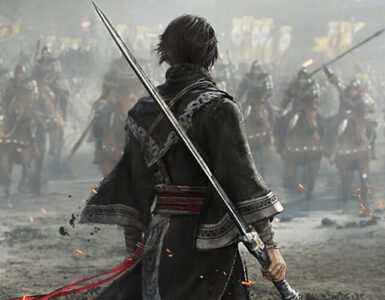The 14th-century historical novel Romance of the Three Kingdoms has served as one of the most significant influences from Chinese culture, spawning many different reimaginations of its characters and events across various media. In the case of Japanese company Koei Tecmo, it continues to be the muse for its series of turn-based tactical role-playing simulation wargames of the same name, dating back to 1985.
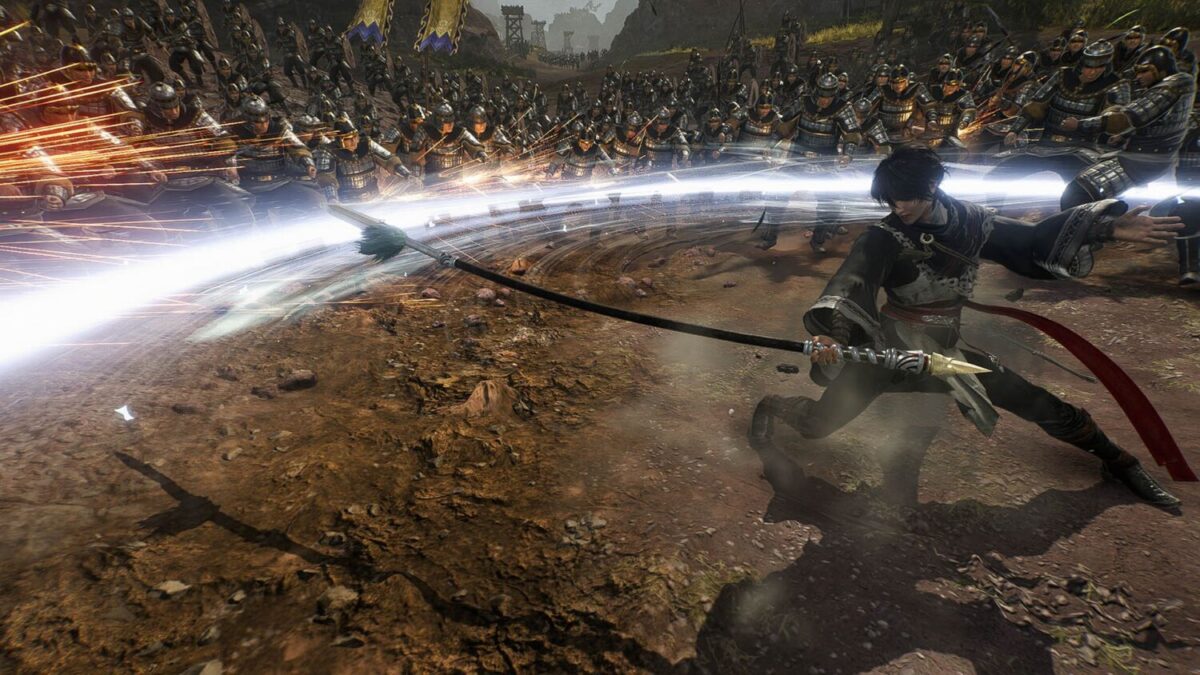
But strategy isn’t everyone’s cup of tea, so an alternative adventure took the form of Dynasty Warrior, a spin-off rooted in hack-and-slash action (barring the very first entry in 1997, which is a traditional one-on-one fighting game) that would go on to set the gold standard of the musou genre. As developer Omega Force worked to cement and tweak its identity over the years, some elements have become mainstays – mostly to do with straying from historical records, such as having characters wield anachronistic weapons, the ability to use magic, and turning women with no battle experience into fearsome female warriors.
All of that is set to return in the forthcoming Dynasty Warriors: Origins, the tenth mainline entry sporting a shiny new coat of paint after a seven-year absence. It won’t be the only change either, with a 20-minute demo at Tokyo Game Show (TGS) 2024 previewing a refreshed formula that introduces several switch-ups, but still retaining a certain sense of familiarity. There are heavy echoes of the flair from Dynasty Warriors 9, doused in meaningful additions, which charts a bold new direction for the series.
The gear-switching is prominent from the get-go, even before the battlefield action even kicks in. Instead of characters hailing from various factions or kingdoms, players step into the role of the Wanderer, an enigmatic, amnesiac hero who rises through the ranks and joins forces with a “long-haired man” and a “bearded hero”. The Create-A-Warrior and Edit Mode feature isn’t carried over here, meaning he’s a default, non-customisable protagonist.
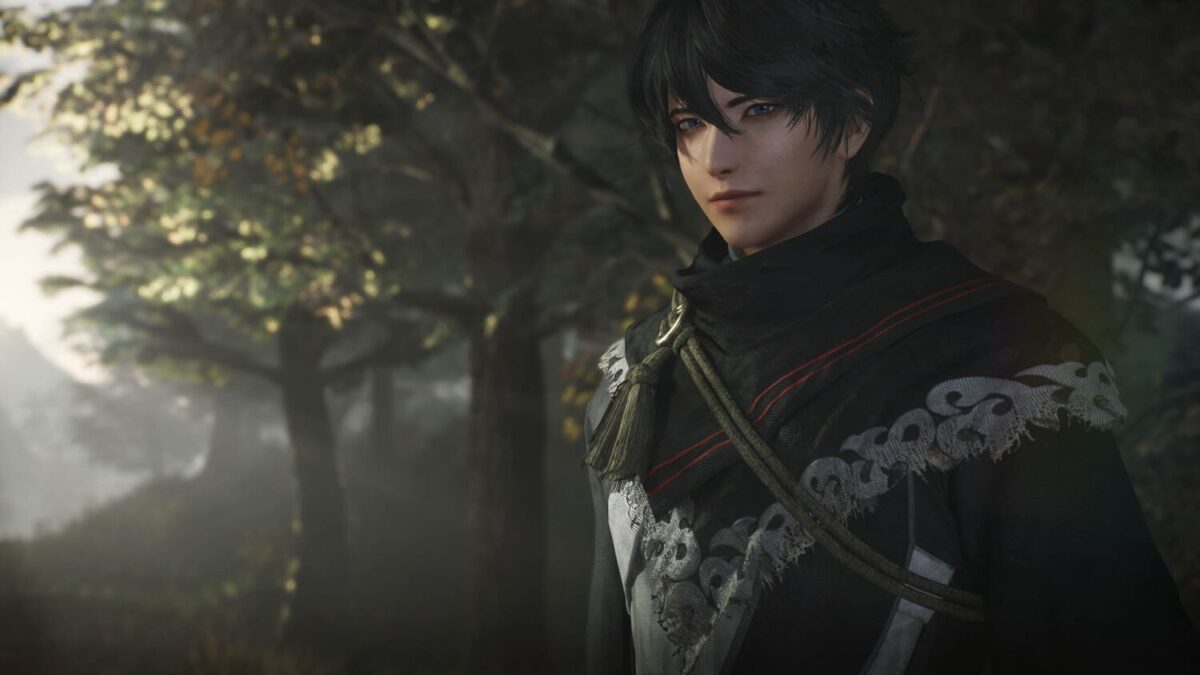
Unlike its predecessors, the game will also significantly reduce the roster. Where the previous mainline entry presented 94 playable characters, Dynasty Warriors: Origins only offers control over nine of them: Xiahou Dun, Guo Jia, and Zhang Liao, led by Cao Cao; Huang Gai, Sun Shangxiang, and Zhou Yu (Sun Jian); and Guan Yu, Zhang Fei, and Zhao Yun (Liu Bei).
It’s unclear whether the three generals will be playable at any point, but the character trimming process seems intentional to fit into the overall story, spanning the period of the Yellow Turban Rebellion to the Battle of Red Cliffs. Indeed, warfare continues to run deep here, with the demo opening amid the Battle of Sishui Gate, where General Yuan Shao – leading efforts to overthrow Dong Zhuo – lays out the mission to defeat the latter’s officers, Li Jue and Hua Xiong.
Before heading into combat, players can pick their weapon of choice. The General’s Sword, Gnashing Fang, and Crescent Blade were available in the preview, alongside the companion selection of Xiahou Dun, Guan Yu, or Sun Shangxiang, each tied to a different starting point on the map. With the Gnashing Fang in hand and the alliance of Sun Shangxiang, the battlefield welcomed Dong Zhuo’s massive army with open arms.
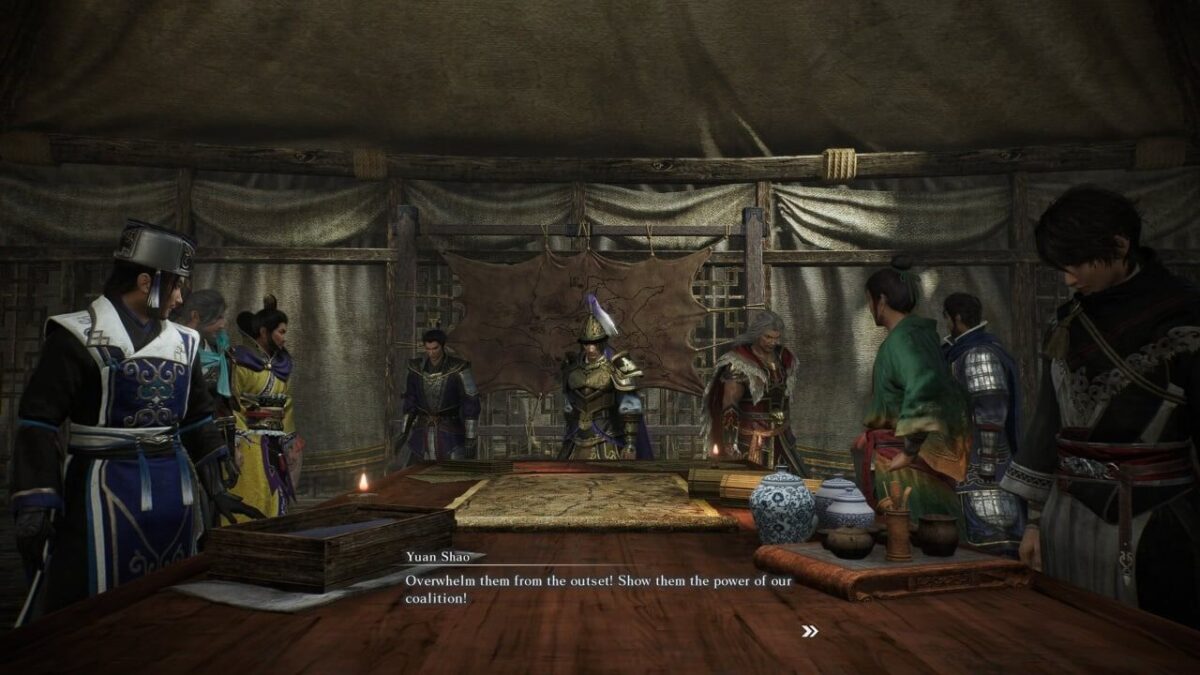
And boy, was it a breathtaking sight to behold. While swarming forces have always been a series staple, Dynasty Warriors: Origins takes enemy density and environmental detail up a few notches, delivering action set pieces on a formidable, never-before-seen scale. Cinematic quality is crisp, too, with charge scenes showcasing fluid animation and realistic dust effects, and close-up sequences highlighting lively facial expressions.
More impressively, it ran smoothly on the PlayStation 5. Despite the load, there weren’t any noticeable frame rate drops, which fed into highly enjoyable immersion – especially since combat proved to be enthralling. Landing combo chains brought an addictive rush, and alternating between the normal and power attacks (Square and Triangle buttons by default, respectively) came at a comfortable, steady rhythm. Once the special gauge is full, players can trigger Rage mode and unleash four different Battle Arts moves, dealing even more damage to enemies.
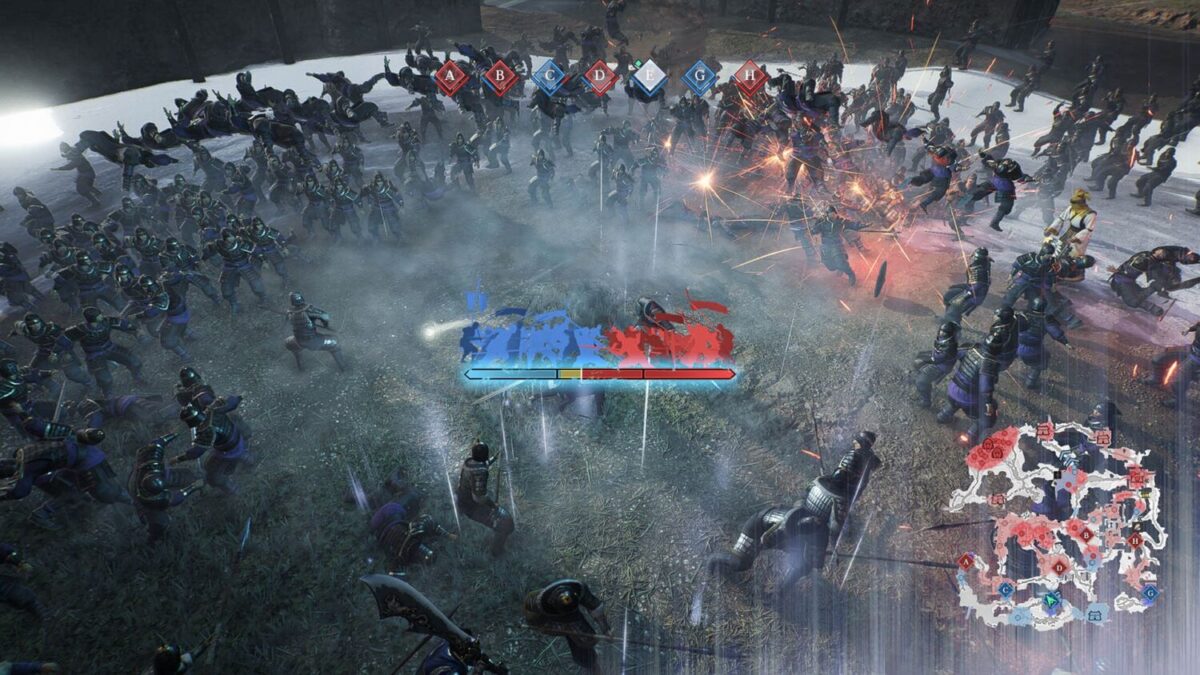
It’s a straightforward gameplay loop that will work on common troops, but not for elite units like Li Jue, Guo Si, Jia Xu, and other more formidable commanders. Now protected behind Fortitude, indicated by a glowing shield icon, they require more than just button-mashing to be defeated, as all attacks are rendered less effective in this state. Activating Battle Arts or perfect parries is the most effective way to deplete it, though be careful to still keep your guard up as some attacks launched by certain generals cannot be guarded against, so it all boils down to dodging, blocking, and countering at the right time.
The new system adds tactical depth into the mix, allowing for a more involved and dynamic experience than before. The basic control scheme is also intuitive and easy to pick up, serving as a bonus for newcomers, even if they are likely to feel overwhelmed by the frenetic action. Franchise veterans, meanwhile, may be concerned about the potential issue of cloned skills – a recurring issue that ran its course in Dynasty Warriors 7, 8, and 9, resulting in the loss of individuality as move sets and weapons are shared between characters.
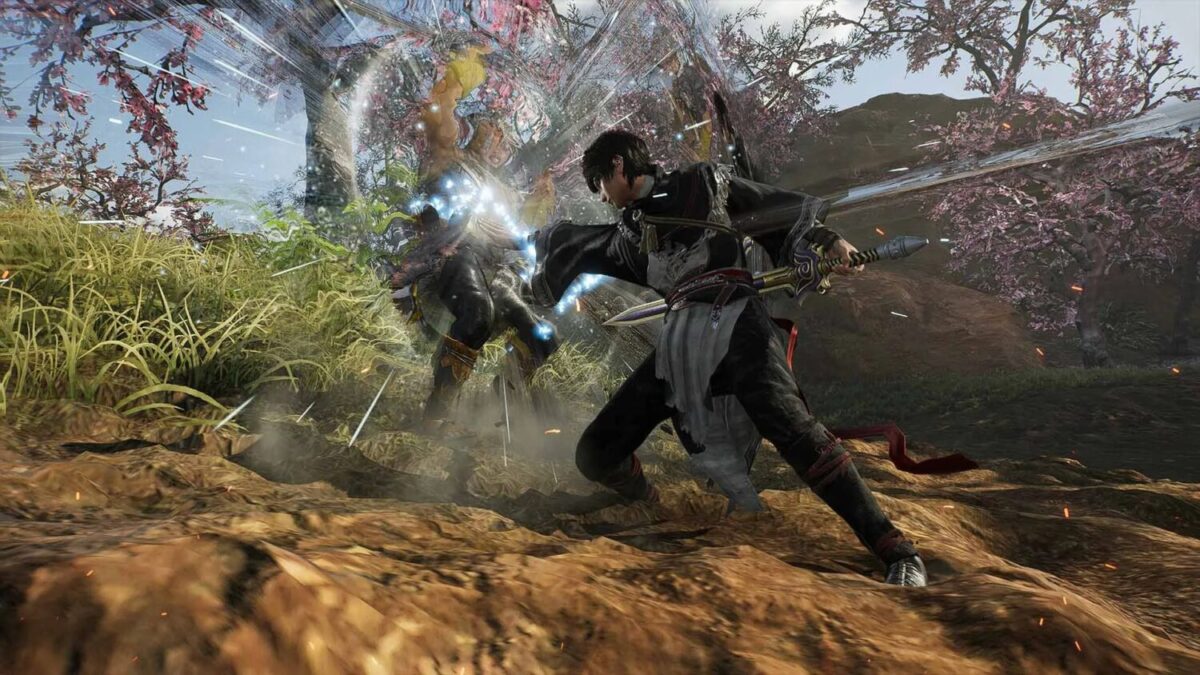
Adding a welcome layer of combat thrill is a fresh mechanic where powerful opponents can challenge the Wanderer to a one-on-one duel. In the preview, Hua Xiong cuts an imposing figure with his mighty axe and hardy armour, dealing massive damage with each successful hit. The general’s attack pattern takes a while getting used to, but his slower and telegraphed movements certainly helps with dodging, parrying, and counter-attacking once players are able to ease into the groove of things. Being surrounded by enemy soldiers means victory feels even more exhilarating and sweet than usual, with the brand-new ration system (up to five in the demo) offering access to consumables.
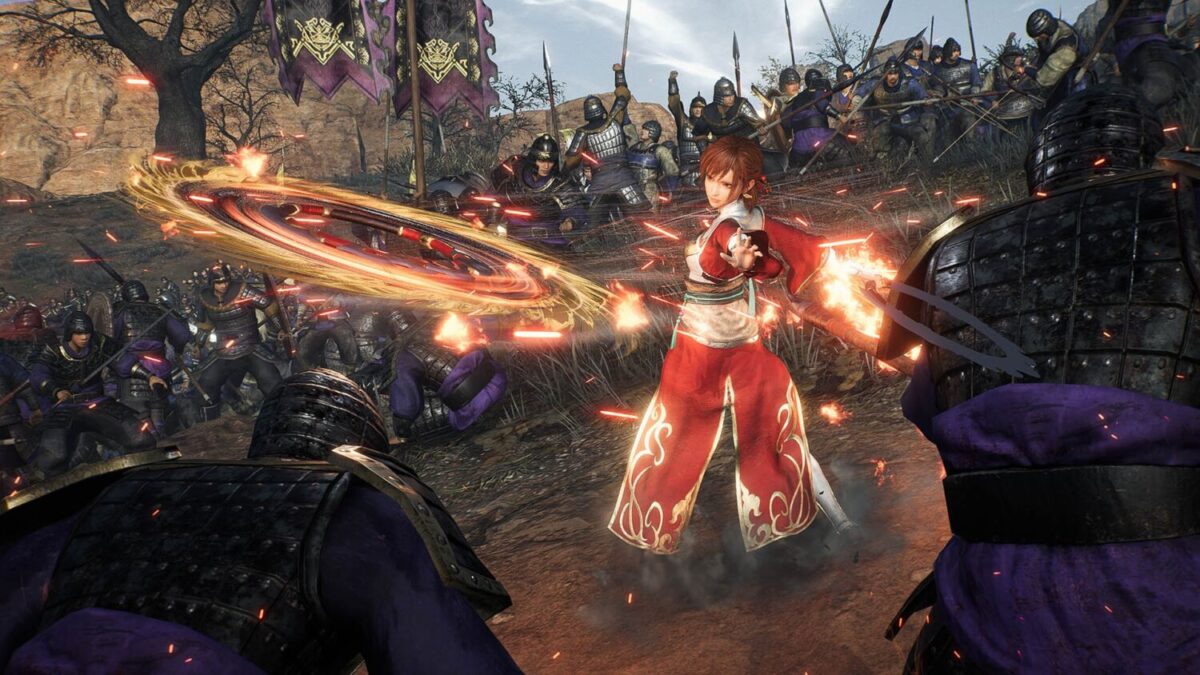
Once the confrontation was settled, a two-minute timer popped up with a 500-kill objective, which looked like an impossible task. Here’s where the chosen ally got to shine – switching to Shangxiang saw her Musou Ranbu awakening ability devastate the battlefield, eradicating over 1,000 troops in the vicinity. In this mode, the wind-and-fire-wheels wielder can perform tag-team Musou maneuvers with the Wanderer as well, which unlocks a sleek animated sequence.
Brute force isn’t always the way to go, however. The strategic element of Dynasty Warriors: Origins allows players to command up to 21 troopers and fight alongside them, presenting a new spin on the guards system in the series’ earlier works. To facilitate the process of issuing orders like charging or firing arrows, players can call upon the Eyes of the Sacred Bird for an aerial view of the battlefield (think Eagle Vision in the Assassin’s Creed series).

At the end of the road stands the ever-fearsome Lu Bu stands, but alas, time remains a precious commodity. While there wasn’t a chance to cross swords with the strongest general in the Three Kingdoms, the game’s bold tweaks to its classic formula looks to be on the road to redemption following its last middling outing. It holds plenty of optimistic promise, finding strong footing in its combat and cinematic that hopefully, will make the risk worthwhile.
Dynasty Warriors: Origins releases 16 January 2025 for PS5, Xbox Series X|S, and PC.



